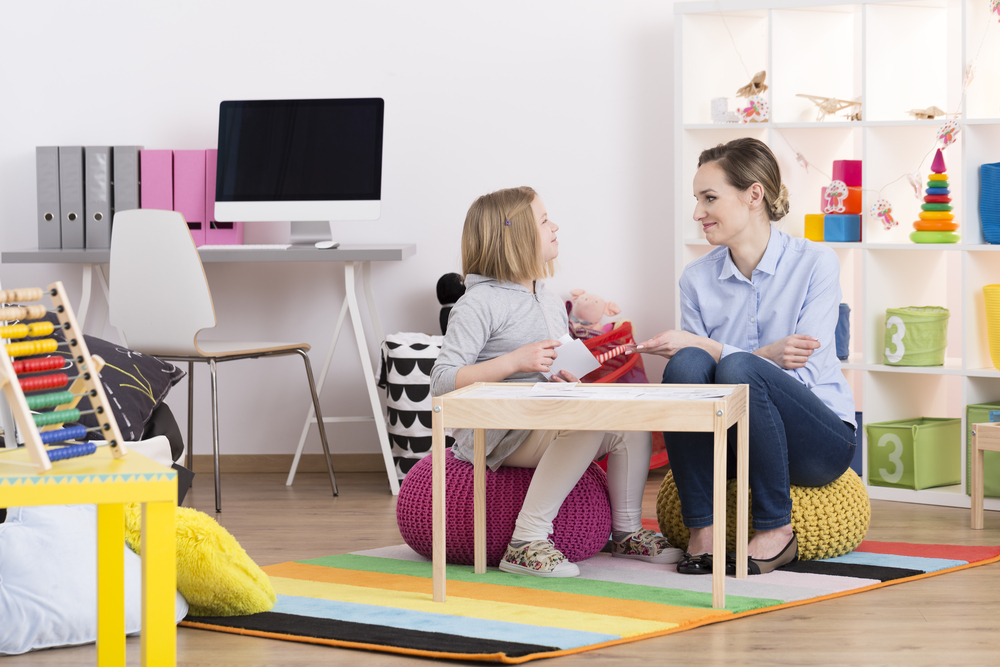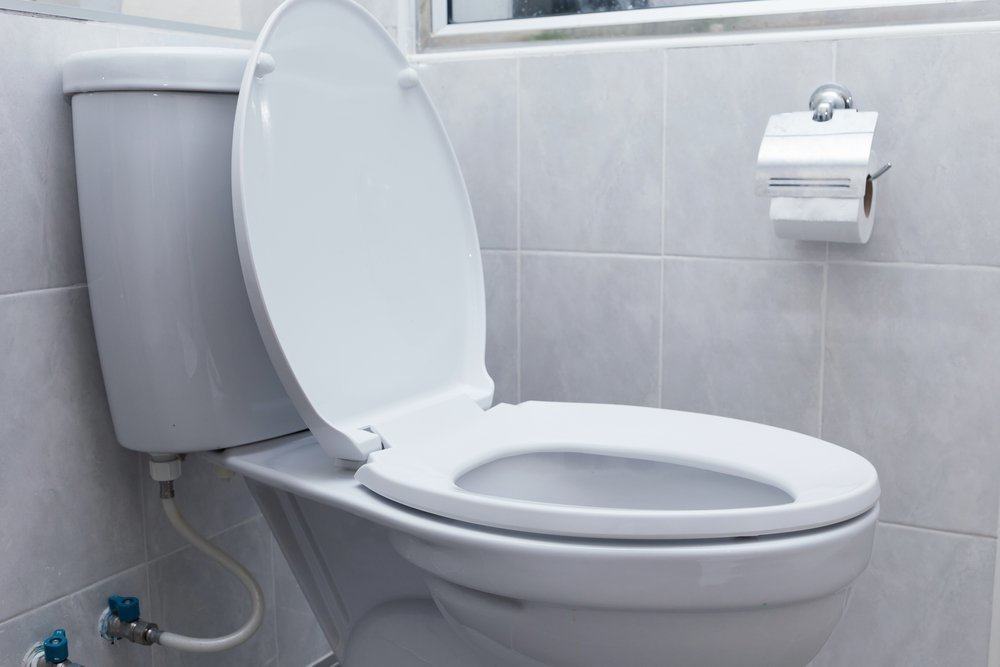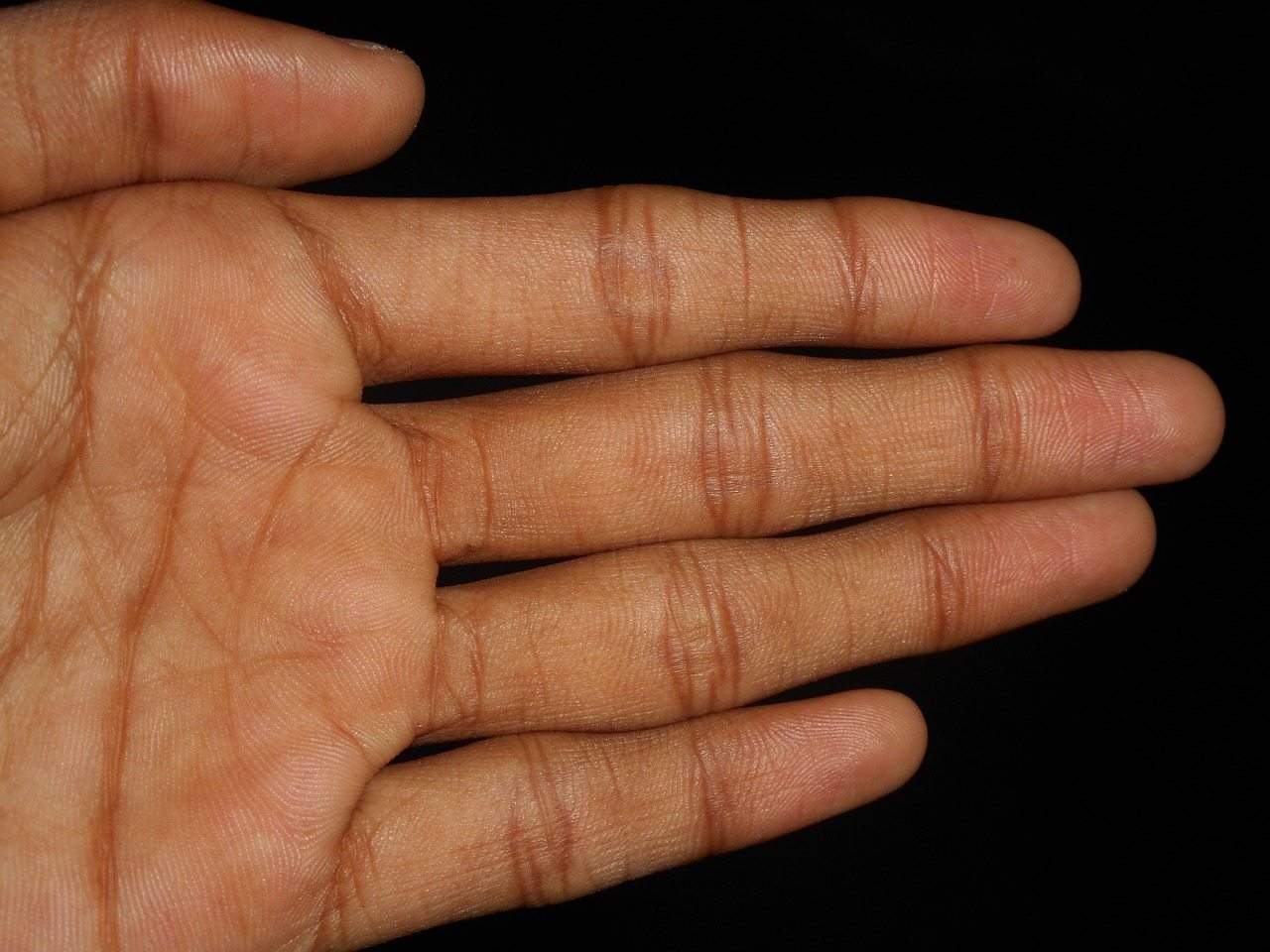Contents:
- Medical Video: Autism 202: Use of Applied Behavior Analysis to Assess and Treat Disruptive Behavior (2016)
- What is ABA therapy?
- What are the ways to do ABA therapy?
- Who has the right to provide ABA autism therapy?
Medical Video: Autism 202: Use of Applied Behavior Analysis to Assess and Treat Disruptive Behavior (2016)
There are already many therapies that can be used to help children with autism. One of them is ABA therapy (Applied Behavior Analysis) How effective is this ABA autism therapy?
What is ABA therapy?
Autism is a disorder of a child's brain development that causes disruption in social interaction, focal disorders, to impaired language skills and communication. The severity of autism can vary, from the mildest to the most severe, so children need special attention.
ABA Therapy (Applied Behavior Analysis) is a structured therapy program that focuses on teaching a specific set of skills for children with autism. This therapy teaches children with autism to understand and follow verbal instructions, respond to other people's words, describe an object, imitate other people's words and movements, to teach reading and writing.
Research shows that ABA therapy can have a positive impact on the development of social and academic abilities of autistic children. In addition, the therapy of autism also aims to:
- Improve self-care skills
- Improve playing skills
- Improve children's ability to manage their own behavior
What are the ways to do ABA therapy?
Your child's therapist will first observe the child to see the extent to which his abilities are and the difficulties he has. Then he will determine his specific goals, for example the objective of your child's ABA therapy is to be able to look into the eyes of the person who invited him to talk. The therapist will also determine the objective size, such as how much the child's eyes look in 10 minutes of chatting.
To achieve this goal, the therapist will design a detailed technical plan that may be related to the child's activities during therapy. For example, to make a child successfully build eye contact, he will:
- Sitting face to face is parallel to the child, together with the assistant therapist who is usually behind the child.
- Throughout the therapy call the name of the child while holding an interesting object. The object will be placed parallel to the eye of the therapist aimed at luring the child to look at the eye of the therapist.
- The therapist will call the child's name while saying simple command sentences. For example, "Mira, look" while his hand directs the lance parallel to the eye. The goal is for children to look towards the eyes of the therapist.
- The therapist will continue to say "Mira see" until the child builds eye contact with the therapist spontaneously.
- Each inappropriate response made by the child will be responded to by the therapist by answering "no" or by naming the child "Mira, no".
- If the child is able to build eye contact, the therapist will give praise to the child. For example "Mira is great, Mira is very clever". The therapist will repeat various kinds of praise when the child succeeds in doing what is targeted.
The child's eye gaze that the therapist sees will be used as an objective measurement; how far the changes displayed by the child in making eye contact.
If the child has successfully built eye contact, the therapist will continue therapy with a new goal. For example, to make the child reply with "yes" when his name is called or practice his motor skills to catch the ball or drink with a glass. The more that is learned, the more complex tasks the therapist will assign to the child.
From these small things, the whole behavior will be collected. The more new abilities learned, the more complete the ability to interact socially with their environment.
At the end of the therapy session, your child's therapist will evaluate the program's smoothness and make changes if needed.
Who has the right to provide ABA autism therapy?
ABA autism therapy is not an arbitrary program. This program must be carried out by people who are already certified as behavioral therapists and have extensive experience working with children with autism. Teachers, parents, and other health professionals can actually do direct teaching to ASD children, but prior training is needed.












